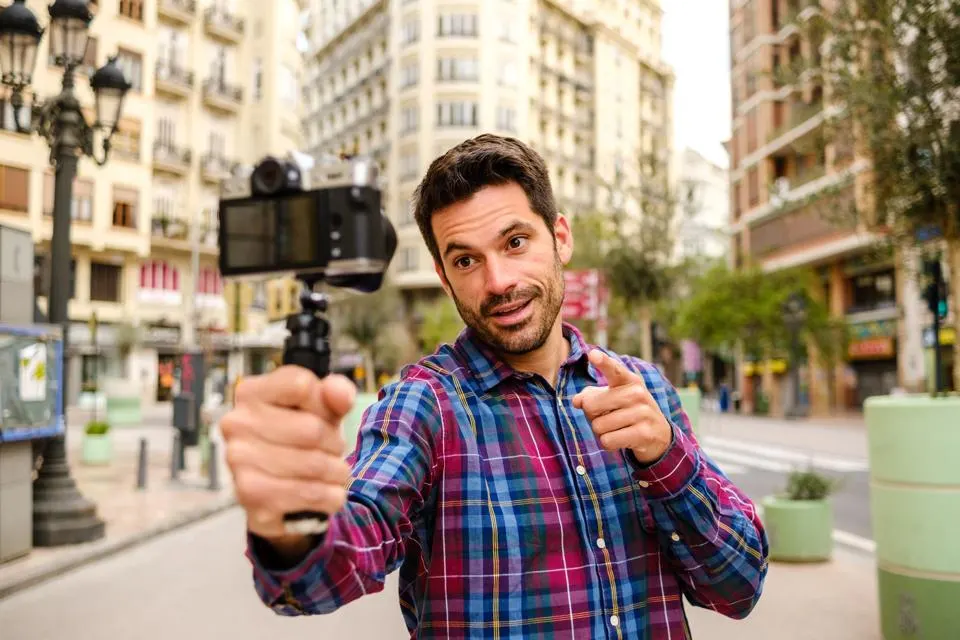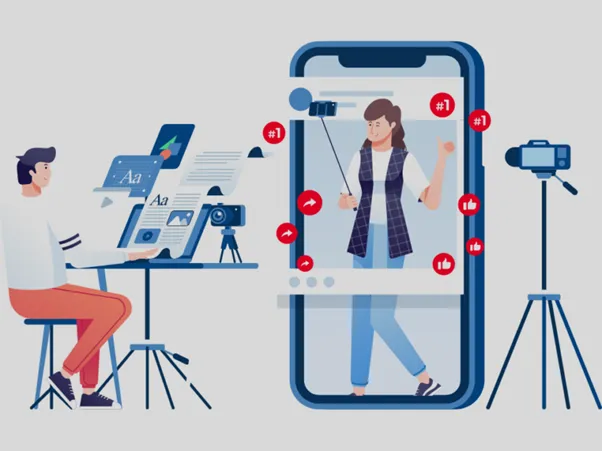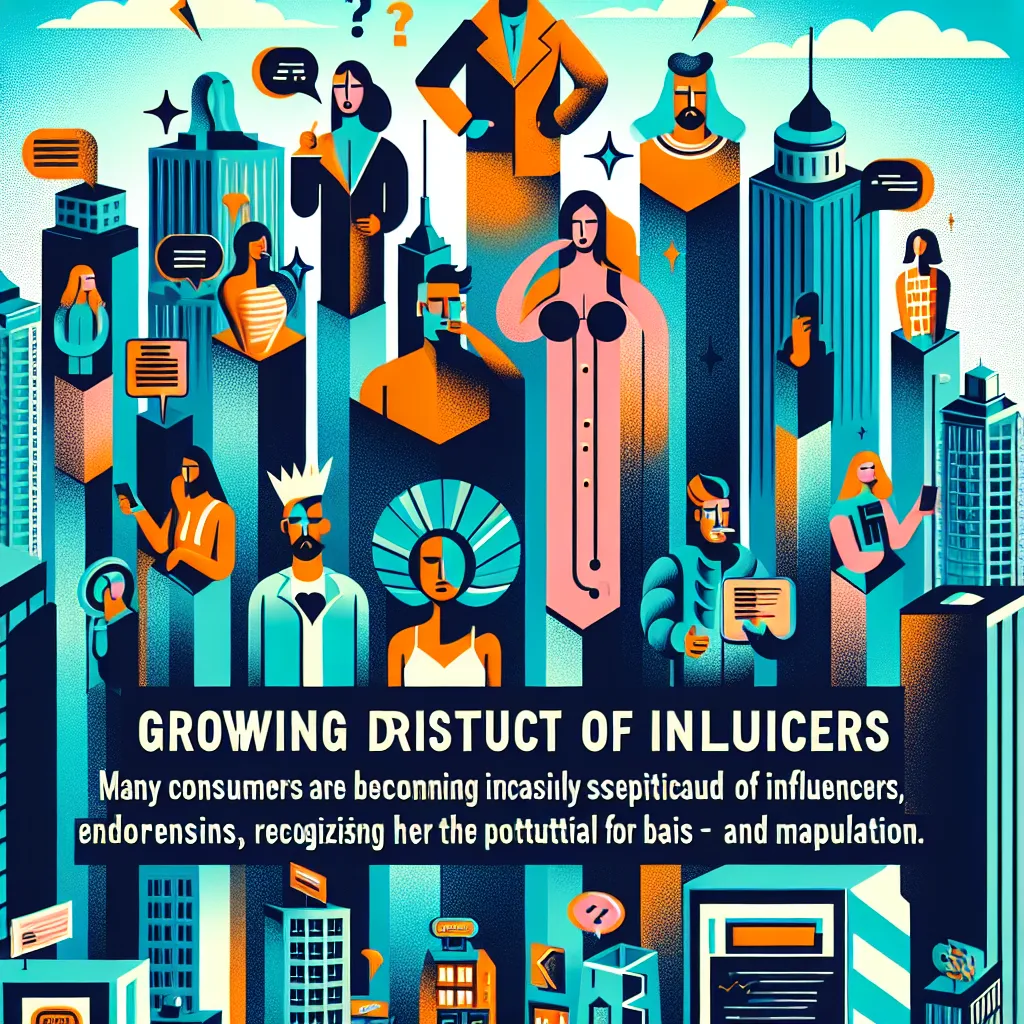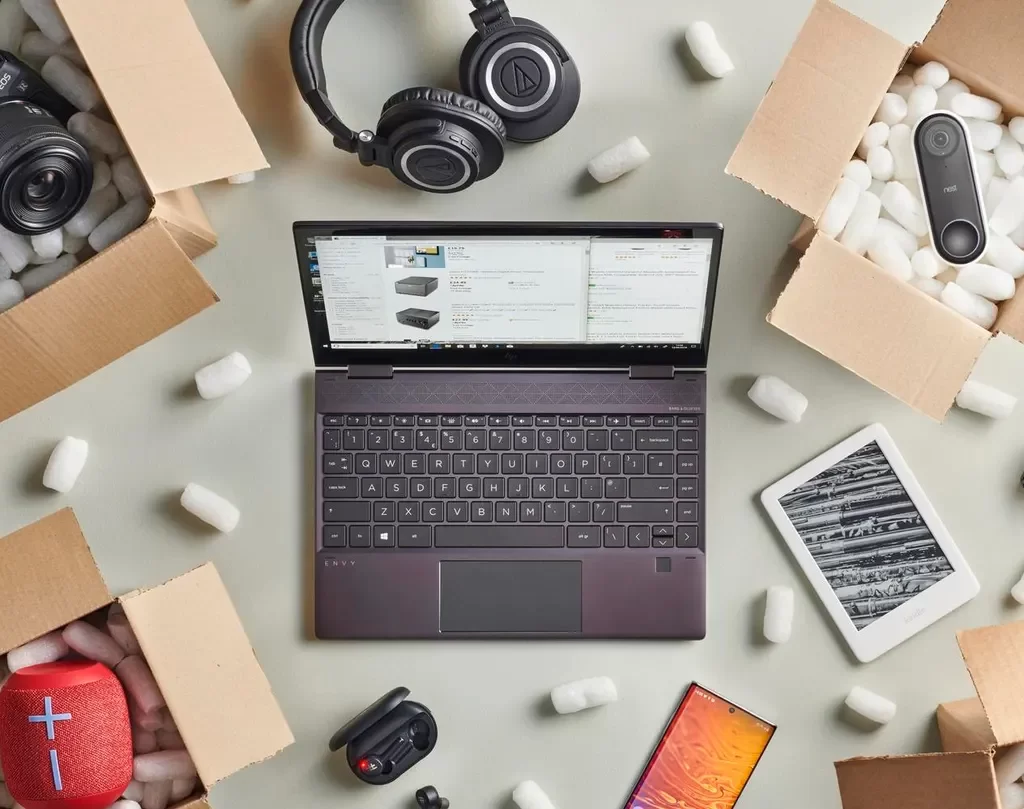Influencer marketing is one of the most popular and effective ways for brands to reach and engage their target consumers. Collaborating with renowned content providers on social media makes perfect sense in today’s world, given the sheer number of social media platforms and services.
Influencer marketing does present certain difficulties, disadvantages, and even disputes. The procedure has become challenging to navigate due to industry saturation, which may make you hesitant to use influencer marketing. Additionally, such saturation raises the risk that an influencer would engage in unethical behavior and fail to deliver the value you have paid for.
Furthermore, some customers no longer trust influencers or influencer culture. Although influencer marketing continues to generate billions of dollars, its popularity is waning.
Table of Contents
ToggleWhat is deinfluencing?
Deinfluencing is a new trend where influencers discourage their followers from purchasing specific products. Deinfluencing discourage people from buying stuff, such as hair products, and other items. Continue reading to understand more about the emergence of de-influencing and its impact on the influencer industry.
- Expose a product’s unsuitable aspect, such as low quality, hidden expenses etc.
- Call out illegal marketing method. Deinfluencers may highlight deceptive claims, faked reviews, or sponsored content acting as genuine recommendation.
- They challenge the culture of overconsumption by encouraging viewers to be more conscious of their purchases and question the need to constantly acquire new items.
Influencers are skilled businesspeople. They keep a careful eye on data and feedback regarding their posts and are aware of their audiences and market. As a trend, the deinfluencer movement is still fresh and intriguing enough to garner interaction from viewers or followers because it hasn’t yet reached critical mass.
Fundamentally, I believe it just illustrates how society is calling for more authenticity on the internet, and honesty is a component of it that ought to have been a part of influencer marketing from the beginning. Furthermore, influencers must constantly improve and reinvent themselves to satisfy audiences who prefer real, novel, and unexpected material.
In addition to conserving money, the style also criticizes rapid fashion and excessive consumption, discovering dupes and conserving the environment by buying less.
You might also argue that TikTok, the repository of so many Gen Z opinions, endorsements, and outbursts, is now taking the place of online review sites, in the same way that older audiences use Amazon ratings, TripAdvisor, or a well-placed tag on a brand’s social media account.
- Customers are losing trust on influencer recommendations due to manipulation.
- Humans are attracted to genuine connections and referrals, which are sometimes lacking in traditional influencer marketing.
- Consumer values are shifting. Concerns about ethics, environment, and mindful consumption drive a desire for more careful purchase practices.
- Social Media Platforms: Platforms like Instagram and TikTok provide creators with simple tools for expressing themselves and connecting with a large audience.
Impact of Deinfluencing
- Enhanced transparency: Influencers are responsible for dishonest or harmful actions, deinfluencers can promote ethical marketing and transparency.
- Change in consumer attitude: Promote critical thinking and spending awareness, as deinfluencers can help consumer in making good choice and avoiding impulsive purchase.
- New influencer dynamics: A new generation of influencer who prioritize authenticity over paid content may emerge as a result of deinfluencing.
How Should Brands Respond
The strongest protection against the de-influencing tendency is for your brand to excel at social media. After all, showing some gumption and responding to what others say, good or bad, is what the social media ecosystem is all about, and it can only help your business. If done cleverly, there is undoubtedly merit to brands embracing, responding to, and interacting with online criticism. Consider Ryanair on the X platform, which was originally Twitter. The airline is an excellent example of a company that receives internet complaints on a daily basis, yet its responses are always of the highest caliber.
Additionally, put more effort into developing your present influencer strategy by collaborating with real creators who genuinely care about your business. To combat the negativity on social media, it’s critical to develop an active following with interesting, amusing, and upbeat material.
However, it’s also important to keep in mind that internet fads, such as cottagecore and the ice bucket challenge, can fade more quickly than a mayfly. Influencers switch to new things fast.
“You can please some people all the time, you can please all the people some of the time, but you can’t please all the people all of the time,” says a famous proverb. Thus, give those you do your full attention.





